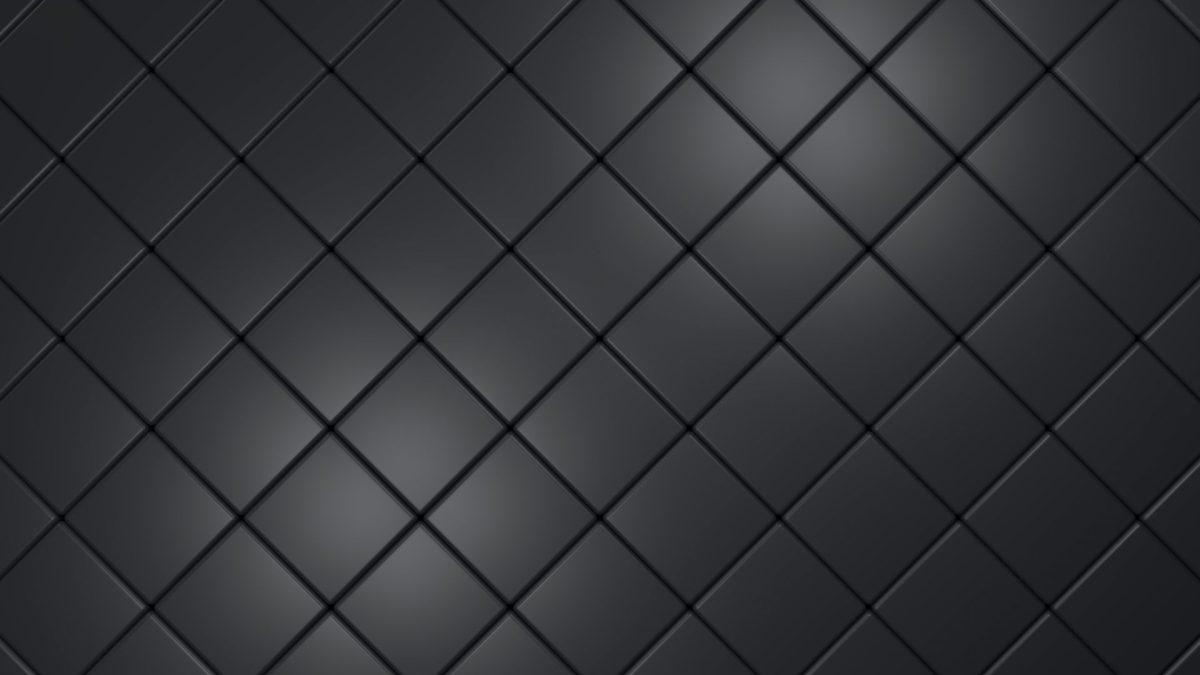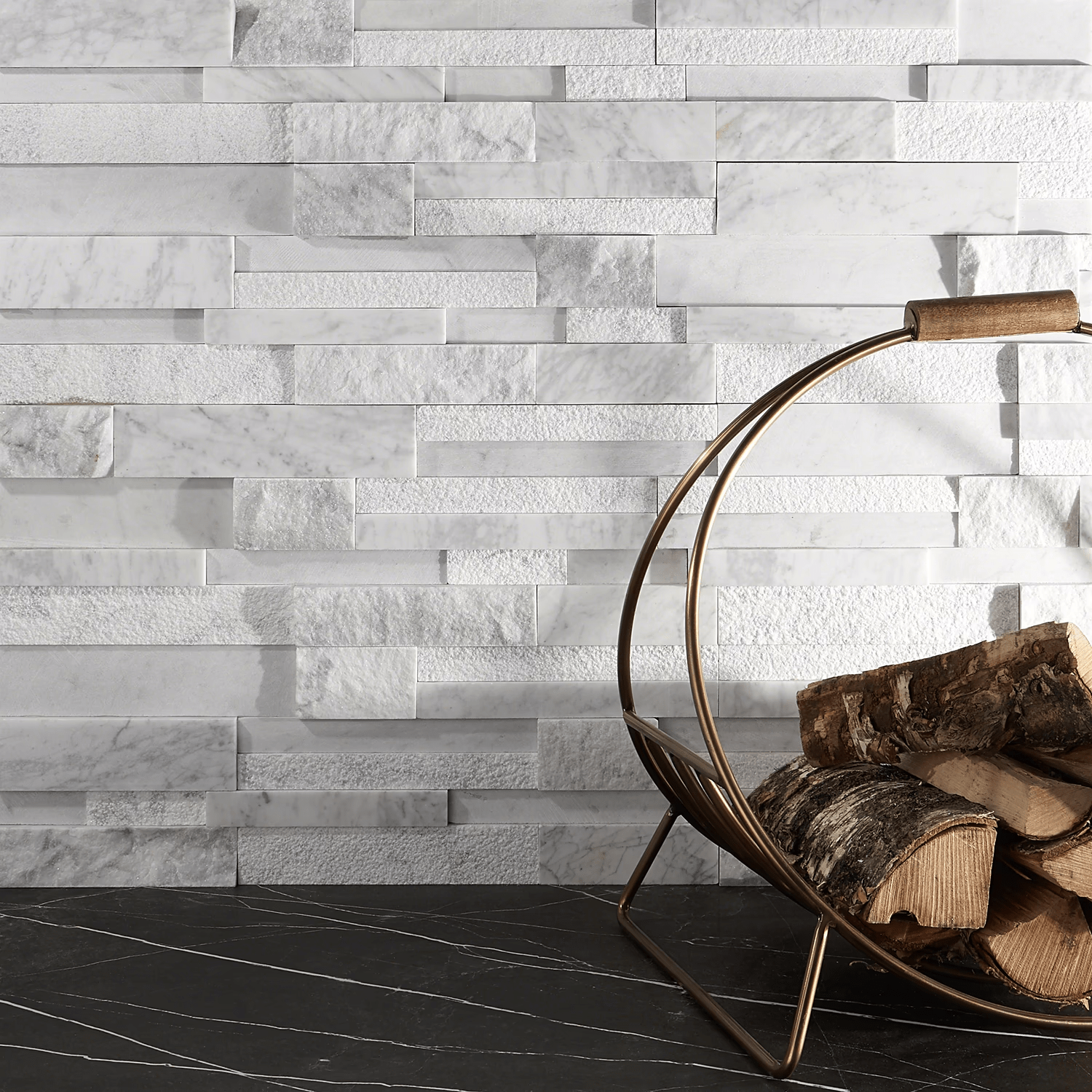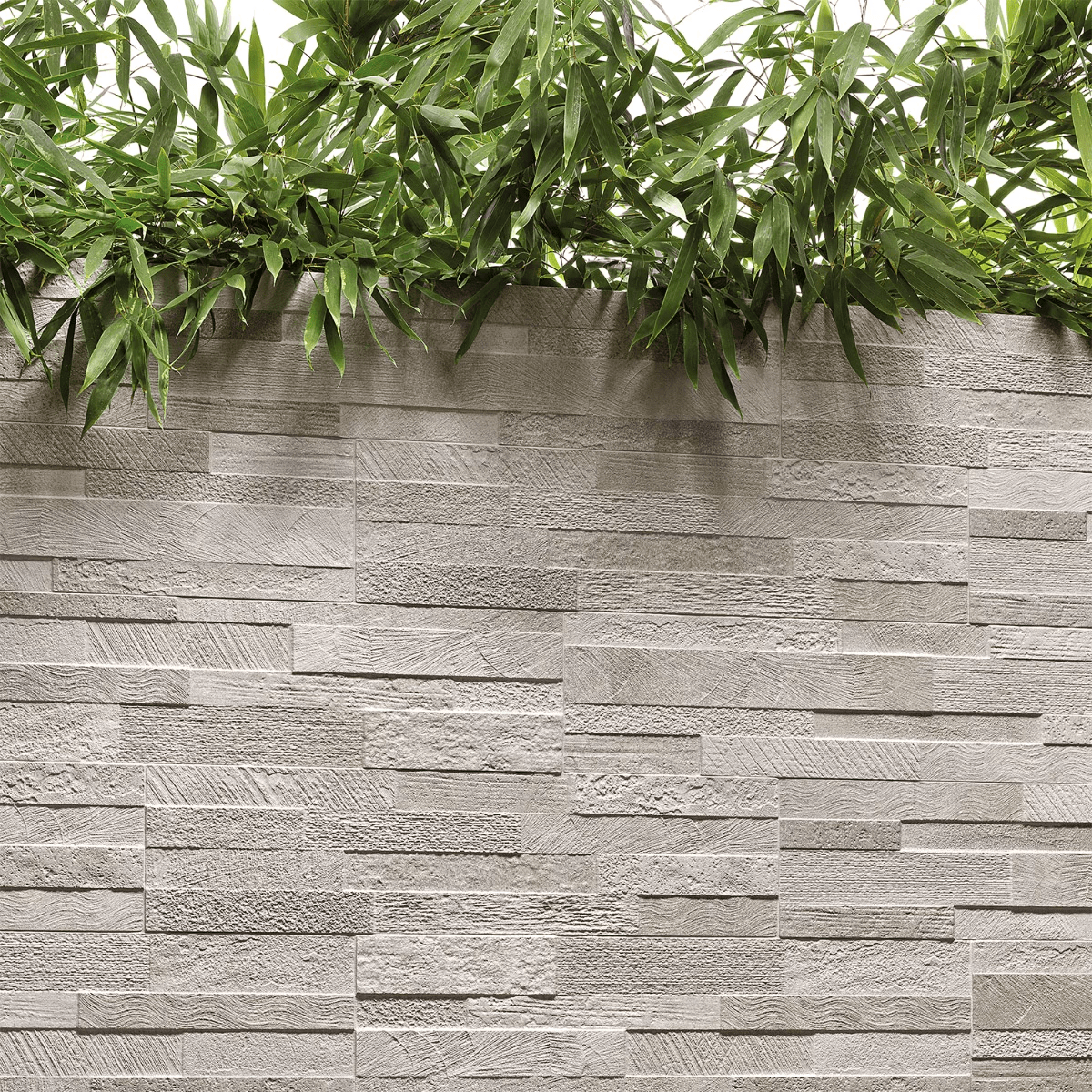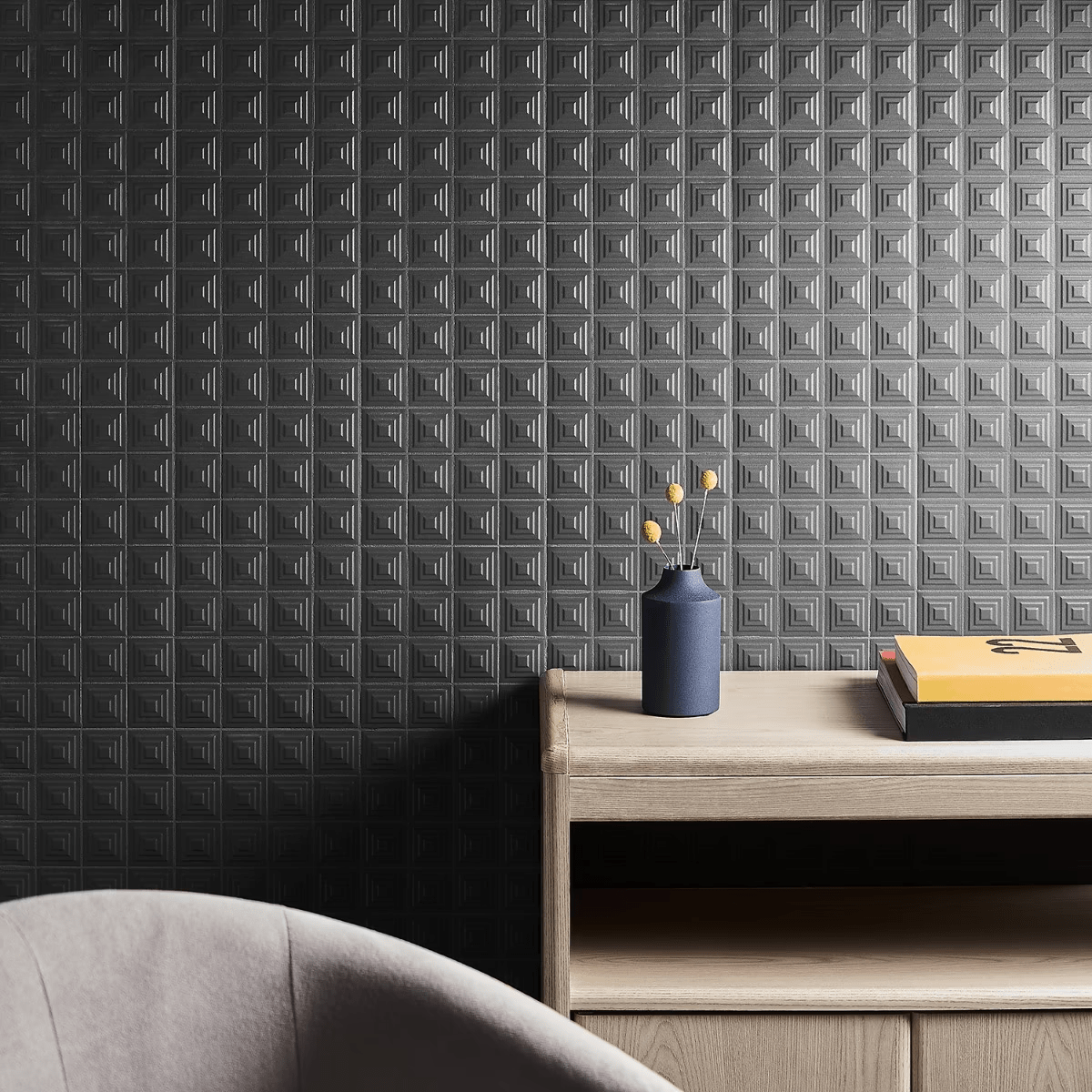When it comes to home design, the entryway serves as the gateway to your living space, offering an opportunity to make a lasting impression on guests and inhabitants alike. In the pursuit of creating a welcoming and visually captivating entryway, incorporating 3D wall tiles emerges as a powerful design strategy. Unlike traditional flat surfaces, 3D wall tiles boast intricate textures and patterns that add depth, dimension, and a touch of sophistication to any space. As a statement design element, 3D wall tiles have the ability to transform mundane walls into dynamic focal points, setting the tone for the entire home. This guide explores the transformative potential of 3D wall tiles in entryway design, offering insights into their versatility, installation process, and maintenance, empowering homeowners to make a bold and stylish statement right from the moment guests step through the door.
3D Wall Tiles: A Closer Look
3D wall tiles are a unique type of wall covering characterized by their three-dimensional surface textures and designs. Unlike traditional flat tiles, these tiles add depth and visual interest to walls, creating a captivating focal point in any space. The textured surface of 3D wall tiles can range from subtle raised patterns to bold geometric shapes, offering a tactile and visually dynamic element to interior design.
Different Types and Materials
3D wall tiles come in various types and materials, each with its own unique characteristics and aesthetic appeal. Some common types include:
Ceramic: 3D ceramic wall tiles are made from clay that is shaped and fired at high temperatures. They are durable, easy to clean, and available in a wide range of colors and finishes.
Porcelain: Porcelain 3D wall tiles are similar to ceramic tiles but are denser and less porous, making them more resistant to water and stains. They are ideal for high-traffic areas and outdoor applications.
Design Options and Versatility
3D wall tiles offer endless design possibilities, allowing homeowners to create custom looks that suit their personal style and aesthetic preferences. Some popular design options include:
Mosaics: Mosaic tiles are intricately designed tiles that can be arranged in patterns visually stunning walls. They come in large or small patterns to create amazing styles.
Classic Square-Format: Traditional square-shaped tiles with three-dimensional patterns and textures that add depth and dimension to walls.
Hexagon Ridges: Hexagon-shaped tiles with raised ridges or patterns that create a modern and geometric look, adding visual interest to any space.
With their versatility and ability to enhance the aesthetic appeal of any room, 3D wall tiles are a popular choice for homeowners looking to make a statement with their interior design.
Benefits of Using 3D Wall Tiles in Entryways
A. Enhanced Visual Appeal and Depth
3D wall tiles add depth and dimension to entryway walls, creating a visually dynamic and engaging space that captures the attention of visitors.
The unique three-dimensional textures and designs of these tiles create visual interest, making entryways more inviting and aesthetically pleasing.
B. Creation of Focal Points
By incorporating 3D wall tiles into entryway design, homeowners can create striking focal points that draw the eye and serve as conversation starters.
These tiles can be strategically placed to highlight specific areas of the entryway, such as accent walls or alcoves, adding drama and visual impact to the space.
C. Textural Interest and Tactile Experience
One of the standout features of 3D wall tiles is their tactile nature, which adds an element of texture and sensory interest to entryway walls.
The raised patterns and designs on these tiles invite touch and exploration, creating a multisensory experience for those entering the home.
D. Reflecting Personal Style and Creativity
3D wall tiles offer endless possibilities for customization, allowing homeowners to express their unique personality and design aesthetic.
Whether opting for bold geometric patterns, botanical motifs, or subtle textured surfaces, these tiles provide a canvas for creativity and self-expression in entryway design. Adding 3D tiles is a bold way to refresh your space.
Innovative Features
Angled Peak 3-D Effect: Tiles featuring angled peaks create a dramatic sense of depth and movement, adding a modern and dynamic touch to entryway walls.
Ribbed 3-D Surface: Tiles with ribbed surfaces offer a tactile experience and visual interest, casting intriguing shadows and enhancing the overall texture of the entryway.
Botanical Patterns: Tiles adorned with botanical patterns bring the beauty of nature indoors, infusing the entryway with a sense of tranquility and organic charm.
These innovative features not only enhance the visual appeal and texture of the entryway but also play with light and shadow, creating captivating effects that elevate the space to new heights of design sophistication.
Factors to Consider Before Installation
Entryway Size and Layout: Assess the size and layout of the entryway to determine the quantity of 3D wall tiles needed and the placement of focal points or accent walls.
Consider the proportions of the space and how the installation of 3D tiles will affect the overall visual balance and flow of traffic in the entryway.
Lighting Considerations: Evaluate the entryway’s natural and artificial lighting conditions to determine how light will interact with the 3D wall tiles.
Ensure that lighting fixtures are strategically placed to enhance the texture and depth of the tiles, casting intriguing shadows and highlights that accentuate their three-dimensional features.
Compatibility with Existing Decor and Architectural Elements: Consider the existing decor, color scheme, and architectural style of the entryway to ensure that the chosen 3D wall tiles complement and enhance the overall design aesthetic.
Take into account any architectural features such as doorways, windows, and moldings, ensuring that the installation of 3D tiles seamlessly integrates with the existing elements of the space.
To make sure the chosen tile fits the current color scheme, test out tile samples before committing into a design.
Maintenance Requirements: Evaluate the maintenance requirements of the chosen 3D wall tiles, considering factors such as cleaning methods, durability, and susceptibility to wear and tear.
Choose tiles that are easy to clean and maintain, especially in high-traffic areas like entryways, to ensure long-term durability and aesthetic appeal.
By carefully considering these factors before installation, homeowners can ensure that their entryway design featuring 3D wall tiles not only enhances the visual appeal of the space but also seamlessly integrates with existing decor and architectural elements while remaining practical and easy to maintain.
Installation Process and Tips
- Prepare the Wall Surface
Ensure that the wall surface is clean, dry, and free from any dust, grease, or debris before starting the installation.
Repair any cracks or imperfections in the wall surface and allow sufficient time for any patching or repairs to dry completely.
- Choose the Right Adhesive and Grout
Select an adhesive and grout specifically designed for 3D wall tiles and suitable for the type of material being installed.
Follow the manufacturer’s instructions for mixing and applying the 3d adhesive wall tiles with grout ensures proper adhesion and durability of the tiles.
- Professional Installation Versus DIY Options
Consider hiring a professional installer for complex or large-scale installations to ensure proper placement and alignment of the 3D wall tiles.
For smaller projects or experienced DIY enthusiasts, carefully follow installation instructions provided by the manufacturer and take your time to achieve precise results.
- Tips for Ensuring Precise Placement and Alignment
- Use a level and spacer tools to ensure that the tiles are installed evenly and aligned correctly.
- Start the installation from the center of the wall and work outward, making adjustments as needed to maintain symmetry and balance in the design.
Maintenance and Care
Regularly dust or vacuum the surface of the 3D wall tiles to remove any loose dirt or debris. Use a mild detergent and water solution to clean the tiles periodically, avoiding abrasive or harsh cleaners that may damage the surface.
Follow specific care instructions provided by the manufacturer for the type of material used in the 3D wall tiles. Some materials may require special sealants or treatments to protect against stains, moisture, or UV damage.
Promptly address any damage or wear to the 3D wall tiles to prevent further deterioration.
Keep extra tiles on hand for replacement in case of breakage or damage during maintenance or repairs.
Conclusion
In conclusion, the incorporation of 3D tiles into your entryway design offers a transformative opportunity to elevate the aesthetic appeal and make a bold statement within your home. These unique tiles bring depth, texture, and visual interest to entryway walls, creating captivating focal points that set the tone for the entire space. From enhanced visual appeal and tactile experiences to the reflection of personal style and creativity, the benefits of using 3D tiles in entryways are undeniable. With innovative features such as angled peak effects and botanical patterns, these tiles offer endless possibilities for customization and design exploration. As you embark on your journey to redefine your entryway, embrace the versatility and enduring appeal of 3D tiles, and let your creativity flourish. Make a statement with your entryway design and leave a lasting impression on all who enter your home.
Frequently Asked Questions (FAQs)
What are 3D tiles, and how do they differ from traditional tiles?
3D tiles are wall tiles with three-dimensional patterns or textures that add depth and visual interest to surfaces. Unlike traditional flat tiles, they create a more dynamic and textured look.
Are 3D tiles suitable for small entryways?
Yes, 3D tiles can be suitable for small entryways. Choosing lighter colors and simpler patterns can help prevent the space from feeling overwhelmed and can even create the illusion of more space.
Are 3D tiles easy to remove or replace if I want to change my entryway design in the future?
Removing or replacing 3D tiles can be more challenging than traditional flat tiles due to their textured surface. It’s essential to consider the permanence of the installation and plan accordingly.














